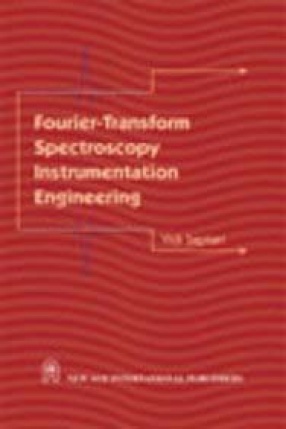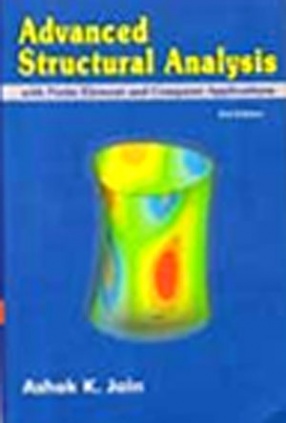Many applications today require the Fourier-transform (FT) Spectrometer to perform close to its limitations, such as taking many quantitative measurements in the visible and in the near-infrared wavelength regions. In such cases, the instrument should not be considered as a perfect “black box“. Knowing where the limitations of performance arise and which components must be improved is crucial to obtaining repeatable and accurate results. One of the objectives of this book is to help the user identify the instrument’s bottleneck.
This book is intended for scientists and engineers who wish to understand the operation of the spectrometer to the extent that they have the knowledge to improve results through hardware, software, and/or procedural modifications. This book is also a proper introductory text for an engineer who plans to design a custom FT spectrometer.
ABOUT THE AUTHOR Vidi Saptari
Vidi Saptari is currently a Research and Development scientist/engineer at Delta Search Labs, Inc. (DSL) in Cambridge, Massachusetts. His expertise is in the design of high-precision electro-mechanical and optical systems. He has developed custom, highly sensitive Fourier-transform spectrometers for quantitative chemical measurements in the visible and near-infrared regions. One of his current projects is the development of a noninvasive, optical glucose sensor. Prior to joining DSL, he worked for Danaher Precision Systems in Salem, New Hampshire where he worked as a systems design engineer involved the design and manufacturing of one-of-a-kind nano- and micro-precision automation and robotic devices for the biotechnology and semiconductor markets. Mr. Saptari received his M.S. degree from the Mechanical Engineering department at Massachusetts Institute of Technology where he is also a Ph.D. candidate.





There are no reviews yet.